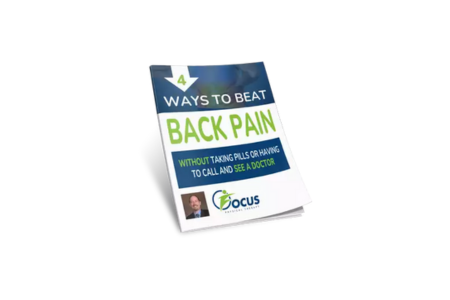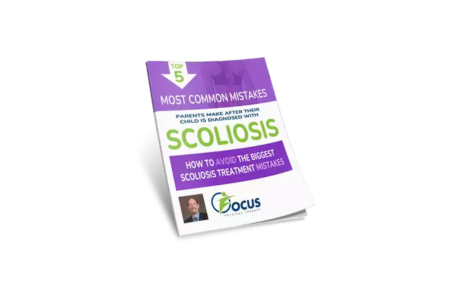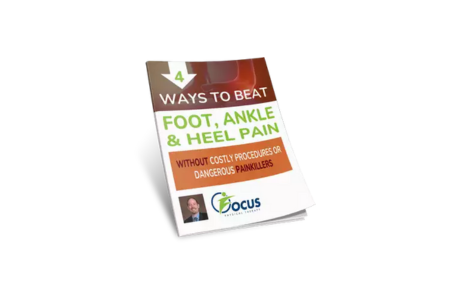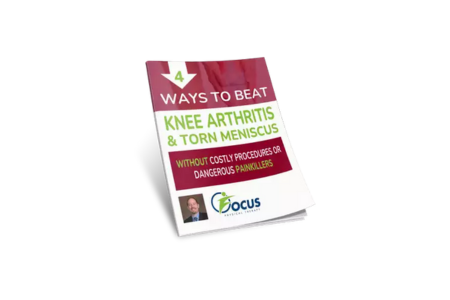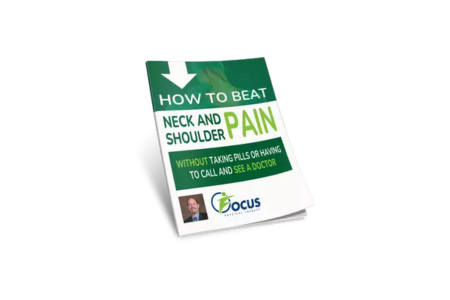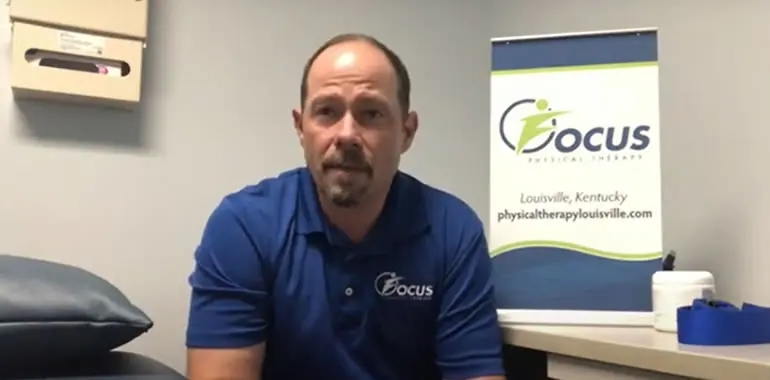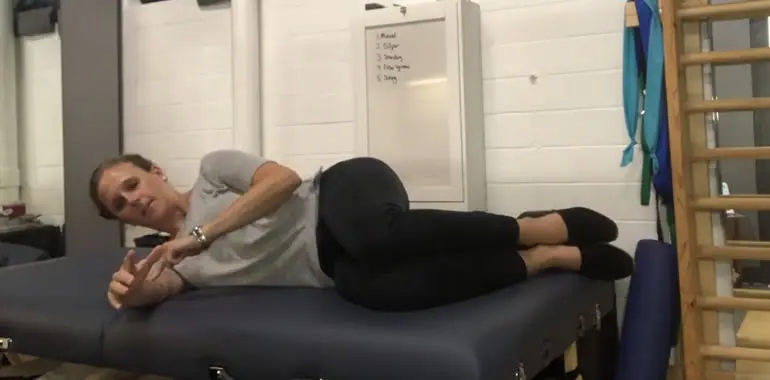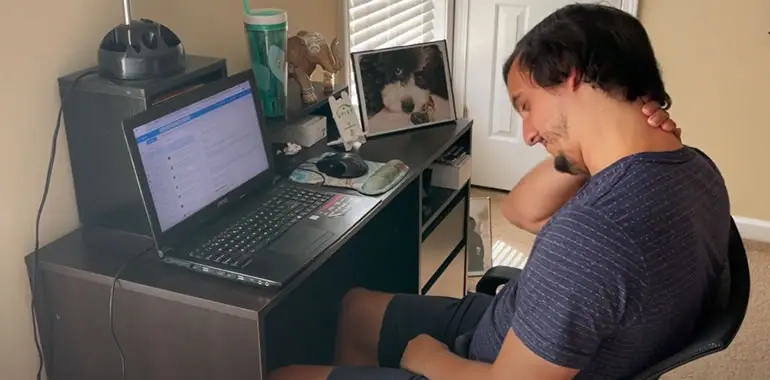Sciatica Unveiled: Empowering Steps to Alleviate Pain and Improve Your Well-being
- Dr Brad Conder
Hello, I’m Dr. Brad Ponder from Focus Physical Therapy. Today, I want to shed some light on the causes of low back pain and sciatica. Often, it’s challenging to pinpoint a single activity as the sole culprit behind these issues.
Allow me to share a personal example. A couple of weeks ago, I experienced a minor back flare-up. While it resulted in back pain and a recurrence of sciatica, I didn’t experience any leg pain, shooting sensations, or tingling. However, I had been driving extensively over Memorial Day—covering many hours on the road. One day, I drove an hour to play golf with my father, brother, and son.
After getting out of the car and hitting ten golf balls, my back took a tweak.
Now, many people might assume that playing golf caused the problem. While it did initiate the pain, the root cause was actually my sedentary lifestyle during the prolonged hours of driving and the lack of exercise or stretching. Therefore, it’s crucial to understand that most musculoskeletal issues are primarily linked to poor posture and repetitive activities.
In the case of sciatica, a condition we frequently encounter, the underlying cause is often chronic and can be traced back to an incident that occurred in one’s youth—such as an injury or trauma. However, it’s the posture that eventually aggravates the condition. While sitting posture is a major contributor to back pain and sciatica (like I am right now), it’s important to note that sitting itself isn’t inherently bad. Instead, we advise people to alternate between sitting, standing, and moving throughout the day. Our bodies are designed to be in motion, so a balanced routine of 30 minutes of movement, 30 minutes of sitting, and 30 minutes of standing is ideal. Even if you have a sit-stand desk and stand all day, you may still encounter back problems. Therefore, it’s not just about avoiding static positions but rather being able to change postures and positions regularly.
There is often confusion regarding MRI and other diagnostic tests. While they can be useful, they don’t always provide a complete picture of the situation. In fact, research indicates that 90% of people have bulging discs and degenerative discs, which are natural parts of life. These conditions are prevalent among individuals who drive extensively, sit for prolonged periods, work on computers, or engage in repetitive tasks, whether in manufacturing or office settings. The key lies in addressing posture and cultivating good habits, which is a primary focus in physical therapy. Understanding the individual factors, including genetics, habits, and activity levels, helps us tailor our approach to each person’s unique circumstances.
Inactivity is another contributing factor. Regular physical activity, such as daily workouts or walking, is crucial for maintaining a healthy back. Your back craves movement to stay in good shape.
I hope this information provides insight into the causes of sciatica and
low back pain, offering some overarching reasons supported by research. While an incident may trigger the problem, it’s important to address the underlying factors. Since everyone is unique, we offer complimentary visits and consultations. Feel free to reach out to us at 502-509-3136 or visit physicaltherapylobal.com, where you can find free resources and sign up for a visit to learn more about sciatica, low back pain, and effective, long-lasting solutions. We take great pleasure in helping individuals overcome these challenges. If you have any questions, please don’t hesitate to ask. We look forward to hearing from you soon. Have a wonderful weekend!
"Tell Us Where It Hurts..."
And We’ll Send You Our Best Advice And Top Tips In One Special Report...
It’s FREE! Just Look Below And Find The One That Works Best For You...

